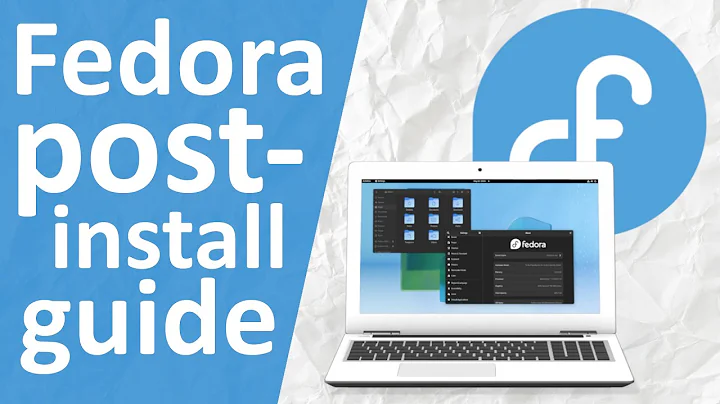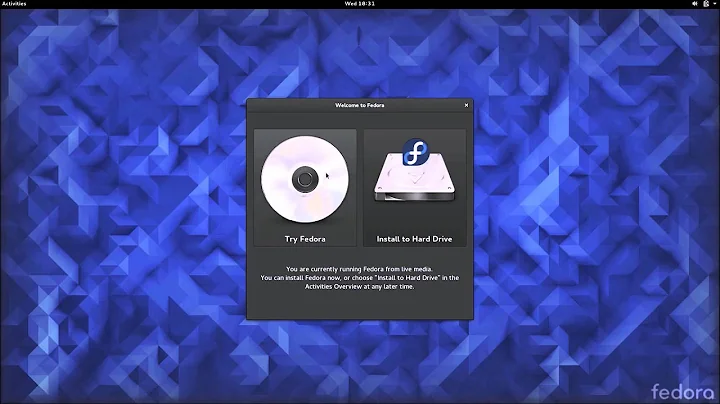Can't boot ubuntu 13.10 after install Fedora 20 on a x86_64 EFI machine
7,455
Recently I was faced with this problem after updating the grub configuration file in Fedora.
To deal with it I had to edit the /boot/efi/EFI/fedora/grub.cfg file as follows:
replace all
linuxwithlinuxefireplace all
initrdwithinitrdefi
You can also press e while on the grub menu entry to edit it, and do the previous steps.
Related videos on Youtube
Author by
Avinash Raj
Updated on September 18, 2022Comments
-
Avinash Raj over 1 year
I can't boot Ubuntu from gub menu after I install Fedora 20 (but I can boot Fedora and windows)

error: can't find command 'linux' error: can't find command 'initrd'But I can boot from here

Do you have any idea?
-
 Admin over 8 yearsNot wanting to install extra tools without knowing what they do, I found better help on that question: askubuntu.com/questions/605738/…
Admin over 8 yearsNot wanting to install extra tools without knowing what they do, I found better help on that question: askubuntu.com/questions/605738/…
-
-
 Luís de Sousa about 10 yearsWelcome to AskUbuntu. The last two lines are not so clear, did you meant replacing
Luís de Sousa about 10 yearsWelcome to AskUbuntu. The last two lines are not so clear, did you meant replacinglinuxbylinuxefi? -
Stéphane Gourichon over 8 years@LuísdeSousa, valor's answer seems clear to me and indeed worked once for me (editing at the grub boot prompt). I'm not sure that editing grub.cfg has solid benefits (e.g. after Fedora re-updates grub config such changes may be lost).
-
Autodidact about 7 yearsWorked for me after installing Centos 7 side by side with Ubuntu 14.04. It seems the version of GRUB installed with Centos 7 does not have these plain
linuxandinitrdcommands. -
Chuck Claunch almost 7 yearsThis worked for me as well (CentOS 7 along with Ubuntu 14.04) with the minor extra note that editing it via the grub menu is only temporary and you still need to go into CentOS and hand edit the
grub.cfgfile. Also in CentOS 7 that file is at/boot/efi/EFI/centos/grub.cfg. -
john smith about 5 yearsAppreciate this threat is very old, but it just helped me get the latest version of CentOS working with Debian on a dual boot. Is this really the only way to get these two to boot? It's almost like something is being missed on the setup/installation stages... Otherwise I am just not going to be using GRUB2 from now on, as this has been a design problem for nearly 5-6 years without being solved.




